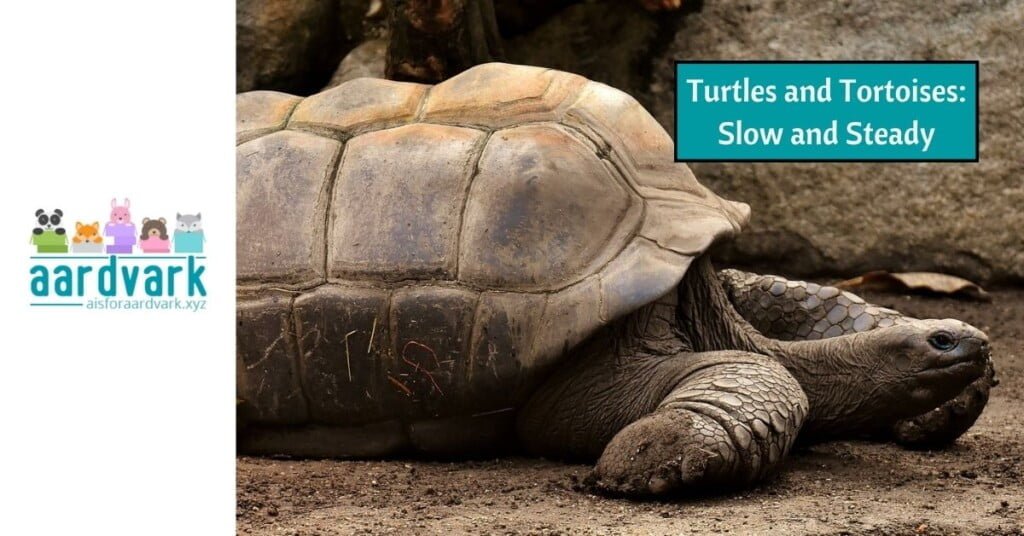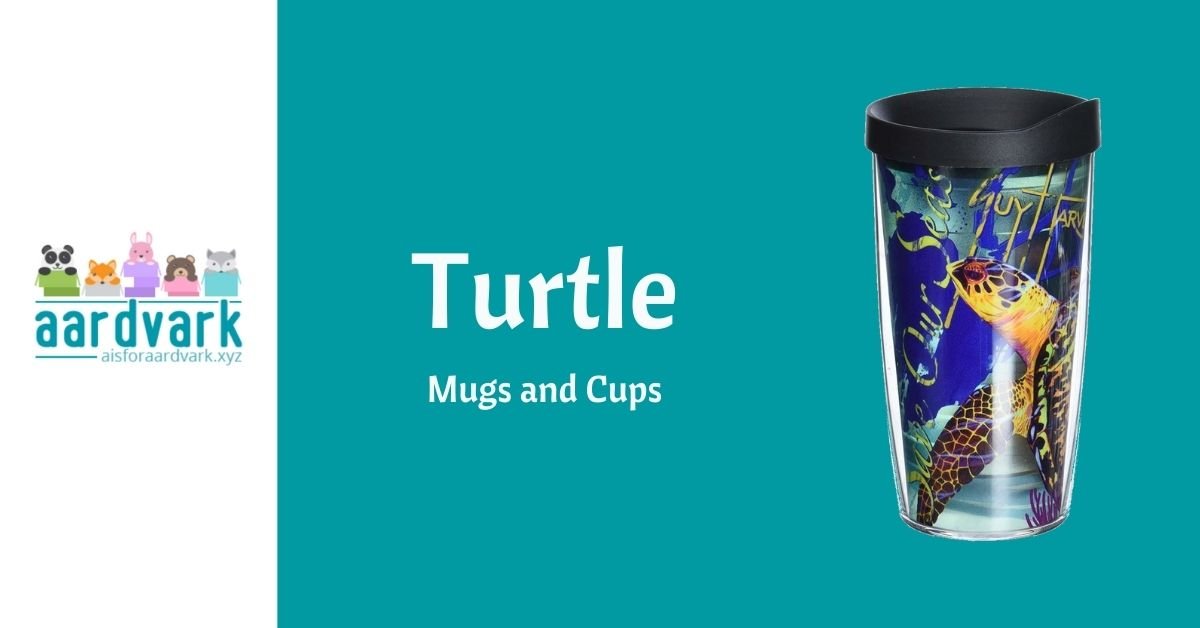While often grouped together, turtles and tortoises are distinct members of the reptile family known for their hard shells and slow movement. These creatures have been a part of our planet’s ecosystem for millions of years and hold a special place in the animal kingdom due to their unique adaptations and lifestyles.
This article explores the world of turtles and tortoises, highlighting their differences, species diversity, habitats, physical characteristics, and lifestyle.
Understanding the Difference
The primary difference between turtles and tortoises is their habitat and physical traits. Turtles primarily live in or around water and have streamlined, flat shells and webbed feet with long claws, adaptations for swimming. On the other hand, tortoises are land-dwellers with dome-shaped shells and stumpy, elephantine legs suitable for walking on land.
Species Diversity and Habitats
Turtles are divided into various species, adapted to a wide range of aquatic environments. Sea turtles like the Leatherback (Dermochelys coriacea) and the Green Sea Turtle (Chelonia mydas) are adapted to life in the oceans, traveling vast distances between feeding and nesting sites. Freshwater turtles, such as the Red-Eared Slider (Trachemys scripta elegans), inhabit rivers, lakes, and ponds.
Tortoises boast an equally diverse range. The Galapagos Tortoise (Chelonoidis nigra) is known for its large size and long lifespan, while the Gopher Tortoise (Gopherus polyphemus) from the southeastern United States is recognized for its burrowing habits.
Physical Characteristics and Adaptations
Turtles and tortoises have evolved distinct physical characteristics to suit their environments. Turtles, with their flat and streamlined shells, are designed for aquatic life, allowing them to swim efficiently. Their limbs are adapted for swimming, with the front legs often being flippers, as seen in sea turtles, or webbed feet with long claws in freshwater species.
In contrast, tortoises have bulky, dome-shaped shells that protect them from land predators. Their legs are sturdy and columnar, providing support for their heavy shells. Unlike turtles, tortoises cannot fully retract their head and limbs into their shells.
Lifestyle: Aquatic vs. Terrestrial
Turtle lifestyles vary greatly depending on their habitat. Sea turtles spend most of their lives in oceans, only coming ashore to lay eggs. They are known for their long migratory patterns, some traveling thousands of miles between feeding and breeding grounds. Freshwater turtles can live in water and on land and are often seen basking on logs or rocks to regulate their body temperature.
Tortoises are adapted to a terrestrial lifestyle and are generally more sedentary than turtles. They are known to be solitary creatures, spending most of their time grazing on vegetation or basking in the sun. They are also adept diggers, creating burrows for shelter and temperature regulation.
Diet and Foraging Behaviors
The diets of turtles and tortoises vary significantly. Sea turtles are usually omnivorous, eating jellyfish, seaweed, and small invertebrates. Some species, like the Green Sea Turtle, are primarily herbivorous as adults. On the other hand, freshwater turtles are generally more carnivorous, eating fish, insects, and aquatic plants.
Tortoises are primarily herbivores, feeding on grasses, leaves, and fruits. Their diet is high in fiber and low in fat, which is well-suited to their slow metabolism. Some species of tortoises have specific dietary preferences based on their habitat.
Breeding Behaviors and Lifecycle
The breeding behaviors of turtles and tortoises vary significantly between species. Sea turtles are known for their remarkable nesting rituals. Females return to the same beach where they were born to lay their eggs. They lay dozens to hundreds of eggs in a single nesting season, burying them in the sand before returning to the ocean. The eggs hatch after about two months, and the hatchlings make their perilous journey to the sea.
In contrast, tortoises lay fewer eggs, often in a burrow or a shallow nest. The eggs are incubated for several months before hatching. Tortoise hatchlings are self-sufficient from birth and receive no parental care.
Both turtles and tortoises reach sexual maturity at different ages, often depending on their size and species, with some not maturing until they are several decades old.
Conservation Status and Threats
Many species of turtles and tortoises are facing significant threats and are listed as endangered or vulnerable. The primary threats include habitat loss, climate change, poaching, and the illegal pet trade. Sea turtles are particularly affected by plastic waste in the oceans and accidental capture in fishing gear.
Conservation efforts for these reptiles include habitat protection, legal protection from hunting and trading, and initiatives like turtle excluder devices in fishing nets. Conservationists and researchers also work on breeding programs and beach patrols to protect eggs and hatchlings during nesting season.
Role in Ecosystems
Turtles and tortoises play vital roles in their respective ecosystems. Sea turtles help maintain healthy seagrass beds and coral reefs, which are crucial for the oceans’ biodiversity. They also facilitate nutrient cycling from the sea to the beaches and dunes where they lay their eggs.
Tortoises contribute to their environments by dispersing seeds and maintaining vegetation. Their burrowing behavior also helps aerate the soil and create microhabitats for other organisms.
Cultural Significance and Representation in Media
For centuries, turtles and tortoises have been symbols in human culture, often representing wisdom, longevity, and persistence. Mythology and folklore portray them as wise and patient creatures.
In popular culture, turtles and tortoises feature in various forms, from Aesop’s fables to modern cartoons and films. Notable examples include the Teenage Mutant Ninja Turtles, a group of anthropomorphic turtles trained in ninjutsu, and Morla the Ancient One from “The NeverEnding Story,” a wise and ancient tortoise-like creature.
The media often emphasizes their distinct characteristics and the fascination they hold for people of all ages. Additionally, these portrayals have raised awareness about the challenges these creatures face in the wild.
Turtles and tortoises, though slow-moving and unassuming, are fascinating creatures with complex behaviors and essential roles in their ecosystems. Understanding and appreciating these reptiles is crucial for their conservation and maintaining the delicate balance of the ecosystems they inhabit. Through combined conservation, research, and education efforts, we can ensure that turtles and tortoises continue to thrive for generations to come.



